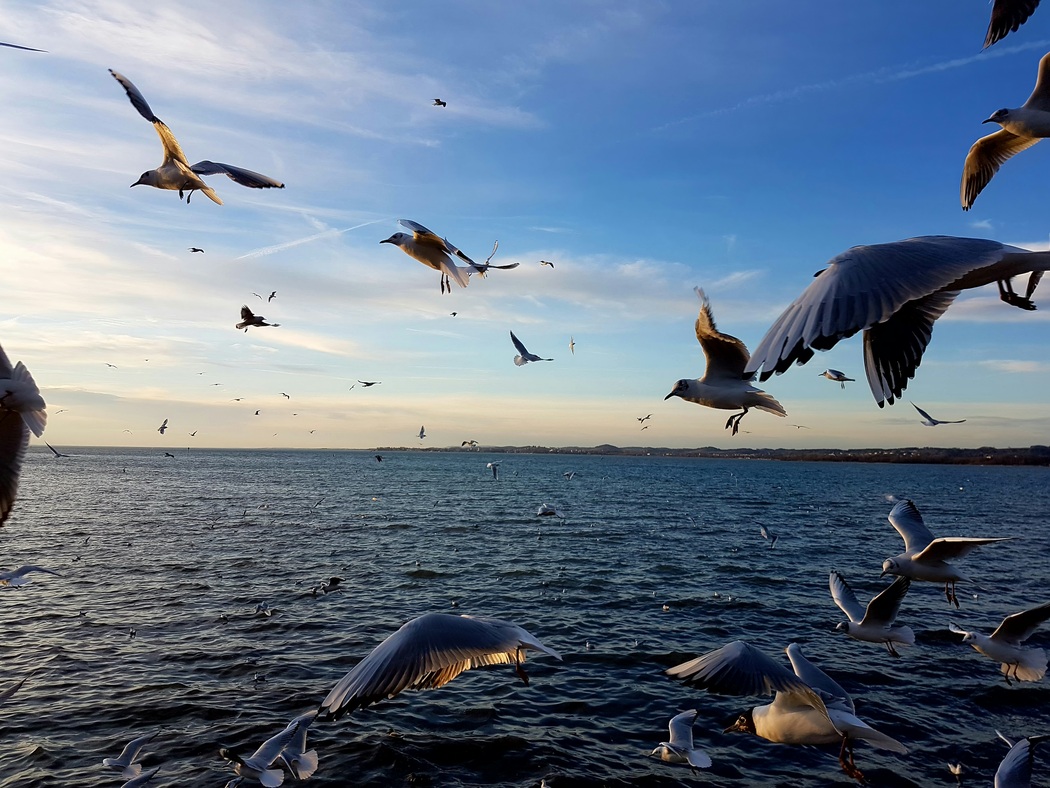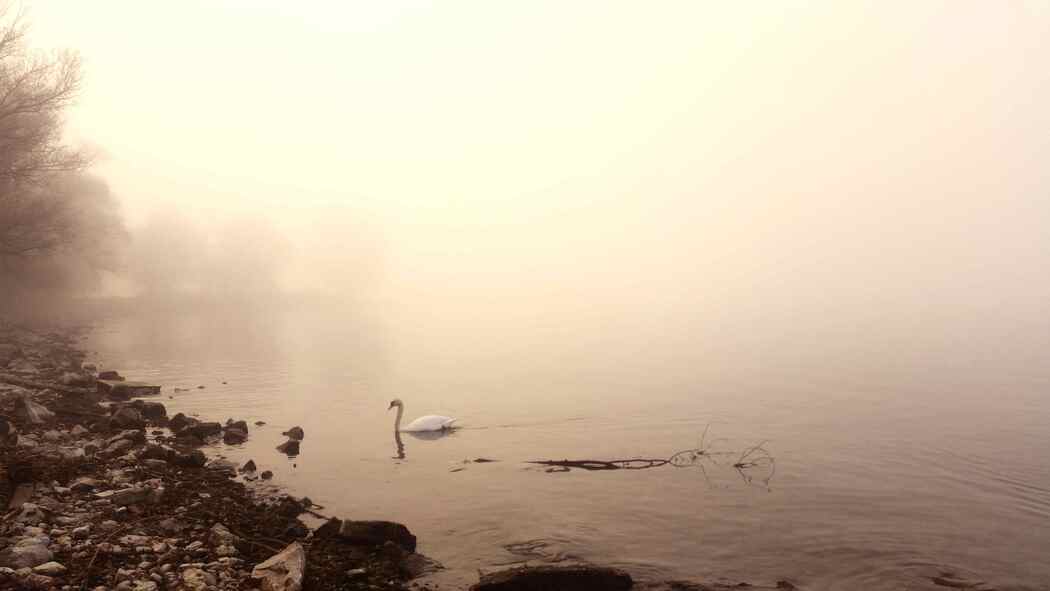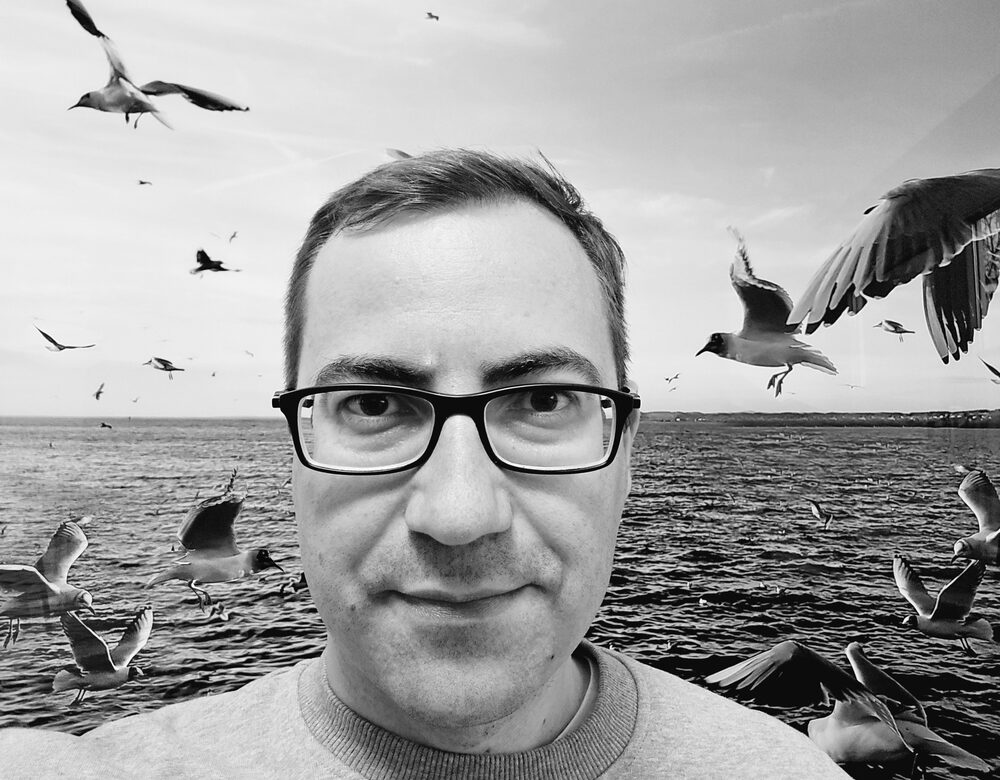Karl Pont
Year of birth: 1984.
Where do you live: Near the beautiful Lake Constance in Austria.
Your education: Autodidact (originally studied dentistry).
Describe your art in three words: The art of the unnoticed.
Your discipline: No limitation to specific artistic fields.
Instagram
Your artistic practice spans a diverse range of media, from painting and sculpture to photography and performance. How do you decide which medium is most suitable for a specific project or idea?
The choice of medium is deliberate. I select the one that can achieve the strongest expressive power and best convey the impact of the motif, always in harmony with the setting where the work will be shown and influenced by the emotional state in which the work arises. In official projects, such as biennials or major exhibitions, it is especially important for me to move and fascinate people, ideally by appealing to all their senses. I often combine several artistic disciplines. One example is the installation “The Call from Lake Constance”, which I created for a major solo exhibition in Austria. Visitors pick up the receiver of an old rotary phone and hear the sounds, voices and waves of Lake Constance, the lake tells its stories to the listener. At the same time, a video projection of the lake plays in sync with the sounds. The telephone rests on a bed of gravel collected from the lake’s shore. Next to it lies driftwood, and a bit farther away, reeds rise. Original fishing gear such as nets and rods hang on the sides and in front of the projection, creating an immersive and authentic environment. A gentle breeze is felt through targeted ventilation, and with the use of scent, the room smells like the lake, even taste plays a role in the experience. For a moment, one forgets everything else and becomes one with the artwork. In works like this, I find the power of combining media most evident when it creates a coherent and sensory experience.
You mention that your works evoke emotional moods in others, stemming from your own experiences. How do you go about translating these personal feelings into visual art?
I want to share with the viewer the feelings and moods I experienced while creating the artwork. My goal is to transfer the emotional impact that the surrounding environment had on me to the person standing in front of the piece. In the series of four acrylic paintings titled Sunset on the Shore of Lake Constance, for example, I used strong contrasts and dynamic brushstrokes to set the entire image in motion. The forms are abstract and suggestive rather than clearly defined, as the background is not the focus. What matters most is the atmosphere, the emotional intensity of that moment, and the movements of the ether. If a visitor looks at the artwork with fascination, if they are moved emotionally, then the piece has achieved its purpose.
 Karl Pont
Karl Pont
Your art reveals the beauty of the inconspicuous. Can you elaborate on how you select seemingly ordinary objects to explore their deeper meaning in your work?
We live in a very fast-paced world. Many people have forgotten how to enjoy the moment, to slow down and pay attention to the small things along the way. We rush straight ahead in the hamster wheel of life, just trying not to fall. But living in the moment, being aware of the things and people around us, is so important. I often work with driftwood from Lake Constance. The wood has been shaped and prepared by the elements. Most people would simply walk past it without a second thought. But I see forms in it, faces, creatures, mythical beings. They fascinate me. I take the wood into the studio and work on it so that the forms I see become visible to others as well. It’s amazing to witness how these overlooked objects suddenly draw attention in an exhibition, how visitors stop, admire them, and even experience an emotional response. The inconspicuous things by the side of the path become something meaningful and alive.
You’ve described your art as dealing with themes of freedom, vastness, and the longing for stillness and balance. How do you maintain this balance in your own life, and how does it manifest in your work?
Maintaining balance is an art in itself. I am also a cog in the system, but I consciously make time for the things that truly matter. It’s important to recognize what really counts.
We are all artists of life in a way, but many people no longer listen to their inner voice. My head is full of creative ideas, and the more I manage to bring them to life, the calmer and happier I feel. I often work in the evening or late at night, simply because it’s the only time available. I try to use that time intentionally. And I also try to inspire others through art and involve them in creative projects, because sharing creativity creates connection and balance as well.
 Karl Pont
Karl Pont
How do you approach the concept of ‘losing boundaries’ in your work? Is it more of a philosophical or emotional concept for you?
For me, losing boundaries is both a philosophical and an emotional concept. It is about becoming free, free from pain, free from pressure, and free from the feeling of being just a small part in the machinery of modern life. In my art, I seek moments where the boundaries between inner and outer worlds dissolve, between self and surroundings, between body and spirit, between reality and dream. This openness allows for transformation and connection. I believe that true art can create spaces where we forget our limitations for a moment and become part of something larger, something that speaks to the soul rather than the mind.
You have received numerous awards for your work. How do these accolades affect your creative process, if at all? Do they push you in a certain direction, or do they reinforce the path you are already on?
The many awards and recognitions I have received feel like a deep appreciation for my work. They show me that the countless hours, the energy and effort I put into my projects and artworks were not in vain. Winning first and second place at the international snow sculpture competition in Harbin, China, second place in the competition in Rorschach, Switzerland, or receiving the Hessian State Prize at the German national competition for literature and art, these and many other awards confirm that I am on the right path and that the commitment has been worth it.
Your project appears to be deeply reflective, almost meditative in its essence. How do you find a moment of stillness in a world that often feels chaotic? Do you find that this reflection makes its way into your art practice?
I spend a lot of time in nature, at Lake Constance or in the surrounding mountains. Nature gives me both peace and strength, but also endless inspiration for new artworks. I take time to observe and let the atmosphere affect me. If you happen to find yourself in the forest or by the lake sometime soon, close your eyes and just listen. There is so much we have forgotten to hear.


Leave a Reply